By Lance Thompson
Among many sticky issues British Prime Minister Churchill would discuss with President Franklin D. Roosevelt at the Casablanca conference in January 1943 was the fact that the U.S. Eighth Air Force still refused to join the RAF’s Bomber Command on nocturnal bombing missions into Germany. Though United States bombers had been striking enemy targets since August 17, 1942, Churchill noted, “The Americans have not yet succeeded in dropping a single bomb on Germany.”
The Allies had a fundamental disagreement in the use of heavy bombers. The RAF believed in night area bombing, which delivered a massive amount of bombs onto a broad urban or industrial center. The Americans believed in daytime precision bombing, hitting specific targets such as factories or refineries with pinpoint accuracy. The British, having experienced heavy losses with daytime raids early in the war, believed the American method would prove too costly, and Churchill argued for American adoption of the British system.
General Henry “Hap Arnold, chief of the U.S. Army Air Forces, knew that the future of America’s strategic bombing campaign in Europe was at stake. If Roosevelt abandoned daylight strategic bombing, then the big Boeing B-17 Flying Fortress heavy bombers that were beginning to arrive at Eighth Air Force bases in England in significant numbers would be parceled out to the many other commands around the world that were demanding them, the navy for patrol bombers, General Douglas MacArthur in the Pacific, the army in North Africa, and British allies for antisubmarine patrols.
General Ira Eaker, Eighth Air Force commander, argued for the continuation of both strategies at the Casablanca conference: “If the RAF bombs by night and we bomb by day, bombing around the clock, the German defenses will get no rest.” Churchill loved the concept of “bombing around the clock” and became an enthusiastic advocate for the Combined Bomber Offensive.
Still, Americans had to prove that their bombers could fight their way into Germany in broad daylight, beyond the range of fighter escort, and carry out their missions. Which is why, on January 27, 1943, Lieutenant Frank Yaussi, lead bombardier for the 306th Bomb Group, peered into thick 90 percent cloud cover over the German port city of Wilhelmshaven, trying in vain to locate the Eighth Air Force’s first target in Germany.
It was the responsibility of the lead bombardier to identify the target and make the decision to drop the bombs. When Yaussi dropped his bombs, the 52 other B-17s in the group would drop theirs. Two hundred and sixty-five 1000-pound general purpose bombs would drop based on Yaussi’s decision. But Wilhelmshaven and the 306th Bomb Group’s target, the pocket battleship Admiral Scheer,were hidden beneath thick clouds.
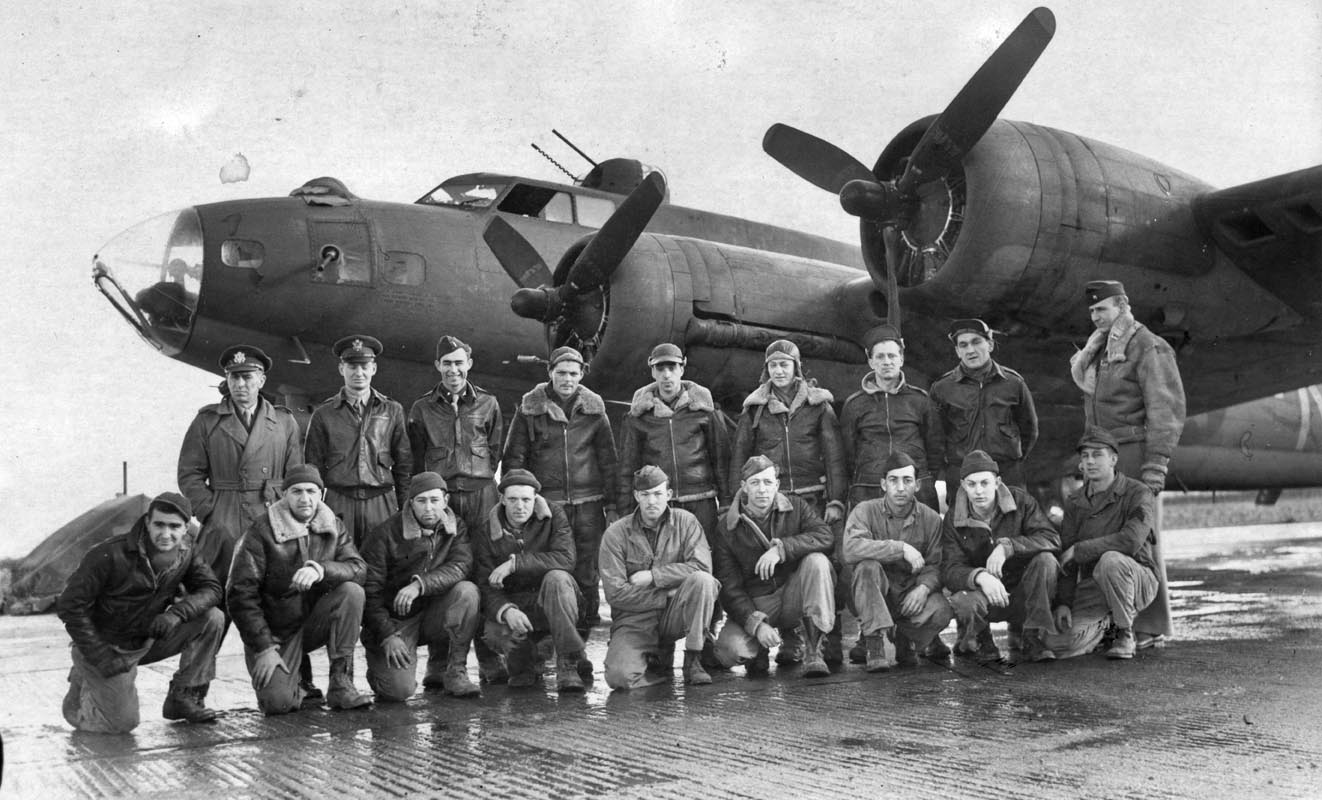
In the pilot seat above and behind Lieutenant Yaussi was Colonel Frank Armstrong, commander of the 306th Bomb Group. If Yaussi could not identify and bomb the target, he would have to answer to the colonel. And Armstrong did not lead the 306th into Germany for the first time to fail.
If Colonel Armstrong had known that the Air Corps had twice refused Frank Yaussi, he might have had less confidence in the Kansas-born bombardier from Glendale, California. In 1940, with war on the horizon, Yaussi applied for duty in the Army Air Corps. He was turned down due to high blood pressure and told to reapply in six months. On October 28, 1940, conscription began for United States military service. “Mine was the 19th number called,” Yaussi remembers, and he was drafted into the infantry in January 1941. Meanwhile, he reapplied for air corps duty, passed the flight physical, and entered flight training.
At the John Hancock Aviation School in Santa Maria, California, students were assigned instructors alphabetically, four students to each instructor. But a few leftovers “at the end of the alphabet” had to fit in where they could, taking intermittent lessons with different instructors when other students were absent. “I flew 12½ hours with seven different instructors and at the end of that, they told me I wasn’t progressing fast enough,” Yaussi explains. “So they sent me home.” The Glendale draft board asked why Yaussi was not in the army, which is where they had sent him 10 months before. “They turned me loose,” Yaussi answered. The draft board told him to get a job, so Yaussi went to work at the nearby Lockheed plant as a timekeeper. “I worked there until Pearl Harbor.”
Wartime manpower needs were more urgent, so Yaussi got his third shot at the air force, this time as a bombardier. After graduating from twin engine school in Houston and flight training in Albuquerque, New Mexico, Yaussi graduated on June 13, 1942, and went to Wendover, Utah, for final training. He describes the no-frills facility: “All that was there was big old tar paper barracks and a water tank.”
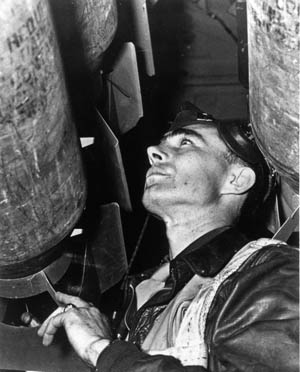
At Wendover, Yaussi was introduced to the B-17 and a navigator named Robert Salitrnick from Alhambra, California. Both would figure prominently in Yaussi’s future. “Those B-17s were flying 24 hours a day,” Yaussi remembers, and no one planned more ambitious training flights than Salitrnick. “He called Yellowstone and asked what time Old Faithful let go,” Yaussi recalls. Then Salitrnick planned a navigation exercise that took three B-17s from Wendover, Utah, north to the Canadian border, then back down through Yellowstone, timing their pass over Old Faithful precisely with one of the geyser’s hourly eruptions. The formation went on to the Grand Canyon, where the three B-17s followed the course of the Colorado River “100 feet below the rim,” Yaussi boasts. “It was the most fun flight I ever had.”
After buzzing these national landmarks Yaussi, Salitrnick and the rest of the 423rd Bomb Squadron flew to Westover, Massachusetts, to pick up “brand spanking new B-17Fs,” which they flew across the Atlantic to their base of operations at Thurleigh, England. There the squadron practiced formation flying and familiarized themselves with their new aircraft.
The 423rd Squadron was part of the 306th Bomb Group. After their first mission to Lille, France, on October 9, 1942, Salitrnick was named group navigator. “They asked him who he wanted for group bombardier,” Yaussi recalls, “and he said, ‘Yaussi and I trained together. How about him?’ That’s how I got to be group bombardier.”
Through the rest of 1942, the 306th flew missions against U-boat facilities on the French coast. But the first mission of the new year would send American bombers into Germany for the first time. “A recon mission trying to photograph the sub pens at Wilhelmshaven spotted the (pocket battleship) Admiral Scheer,” Yaussi recalls. “That was our target.”
Yaussi was instrumental in planning the mission. To spend the least amount of time over the target, he preferred a downwind approach. “The wind always came off the North Atlantic, always blowing east.” He also had to consider the time of day and time of year. No bombardier wanted to approach a target with the sun in his eyes. The ideal route would avoid the major flak concentrations. And Yaussi liked to approach the target over a recognizable landmark—a river, railroad or shoreline—to help identify the target. The one unpredictable element was the weather. Many January missions had been cancelled due to winter overcast. All these factors and more had to be considered when planning the mission.
According to the official history, approximately 100 German fighters intercepted the bombers. “I thought there were only about 50,” Yaussi remembers, “but I was in the nose and I don’t know what was going on behind me. There were some Me-109s, Focke-Wulfs, a few twin engine jobs,” Yaussi recalls. “One of ‘em came circling around (in front of the formation) and four turrets (on four B-17s) let go. Each turret had twin fifties, and the bombardier had one, so that (German fighter) went blooey.” The German fighter exploded less than 50 yards from Yaussi’s B-17.
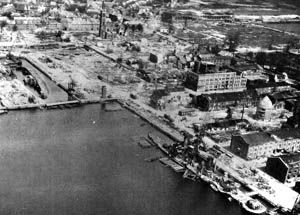
After fighting their way to the target, the men of the 306th faced disappointment. Wilhelmshaven was completely obscured by cloud. Yaussi searched for the harbor through the telescope on his Norden bomb sight, but could see nothing as the group droned on, burning fuel and allowing time for enemy antiaircraft gunners to find their ranged. “I realized we overshot,” Yaussi said.
B-17s over Europe flew in closely coordinated formations, which ensured that any approaching fighter would face defensive fire from multiple aircraft. Staying in formation gave each bomber a better chance of warding off German fighters. But each time a formation changed course, the formation loosened up because aircraft on the inside of the turn had to reduce speed while those on the outside had to increase speed to maintain formation. These adjustments inevitably left temporary gaps in the formation until the turn was complete and the aircraft could retake their original positions.
Making such a turn over the target was more dangerous because the antiaircraft gunners were already alerted and knew the altitude of the American bombers. If the B-17s made another run at the target, they could be sure the enemy flak would be more intense and more accurate the second time. The decision to turn around and make a second run on any target multiplied the risk to every airplane and crew in the group. This was the decision that now rested with Frank Yaussi. Yet, failing to hit the target on this trip just meant another mission to accomplish the same thing.
Yaussi decided to make a second run. “We made a left turn to come back, and through a break in the clouds we saw some sort of construction near the harbor entrance—either sub pens or part of the new locks.” Yaussi made the decision to drop the group’s bombs on this, the only target he could identify. When the B-17s were on the bomb run, bomb doors opened, ready to unload, Salitrnick pointed out the Admiral Scheer, now visible off to the left of the target they were approaching. By then it was too late. “It was too sharp a turn,” Yaussi remembered, “and we couldn’t make it, so we let ‘em go.”
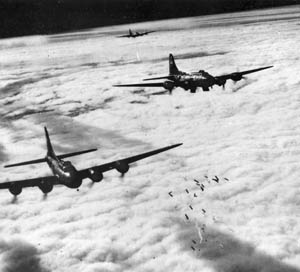
Three aircraft of the 53 that bombed Wilhelmshaven failed to return. After the mission, intelligence officers wanted to know what target the 306th had bombed. Yaussi remembers, “I told them, ‘Get me some more photographs of the area and I’ll pick it out for you.’ But they never did, so I still don’t know. We were lucky to see anything at all.” Strike photos released weeks later showed hits on new installations at the harbor entrance.
After completing 17 combat missions and being promoted to wing bombardier, Frank Yaussi came back to the States to be lead bombardier in a Boeing B-29 Superfortress bomber group that General Armstrong was forming. “But that group went to [General Curtis] LeMay, so I ended up training B-29 crews in Grand Island, Nebraska.” One crew Yaussi trained, the crew of the B-29Enola Gay, would become famous for dropping the atomic bomb on Hiroshima.
Yaussi kept a few mementos of his military service, a Distinguished Flying Cross for a mission to Romilly-sur-Seine, an Air Medal, and one small piece of hardware. The bombs loaded onto B-17s before a mission all had safety pins in the noses which were only removed after takeoff by the bombardier. “Had to do it before you got to 10,000 feet—after that you were on oxygen,” he said. Frank Yaussi still has the pin he removed from the first American bomb dropped on German soil, a cherished reminder of his contribution to an historic mission.
Half a century after his historic mission, Frank Yaussi was the owner of a tool and die business in Los Angeles. He happened to mention to a colleague, Kirk Harris, that he had been a bombardier in World War II. Harris, a military history buff whose father served in the Army Air Corps, was interested and discovered his soft spoken friend had been lead bombardier on the first American strike into Germany.
“I though his story needed to be told,” Harris related. He felt the best way was to commission a commemorative painting of the mission. But all the well-known aviation artists were too expensive. “I saw the work of Ray Waddey on commemorative plates and liked it, he recalled. “So I contacted him and commissioned him to do the painting.”
The result is First Over Germany, the spectacular limited edition print depicting the mission Frank Yaussi planned and flew to Wilhelmshaven. Yaussi’s reaction: “Pretty good. But there aren’t enough clouds.”
Author Lance Thompson is contributing to WWII History for the first time with this article. He resides in Meridian, Idaho.
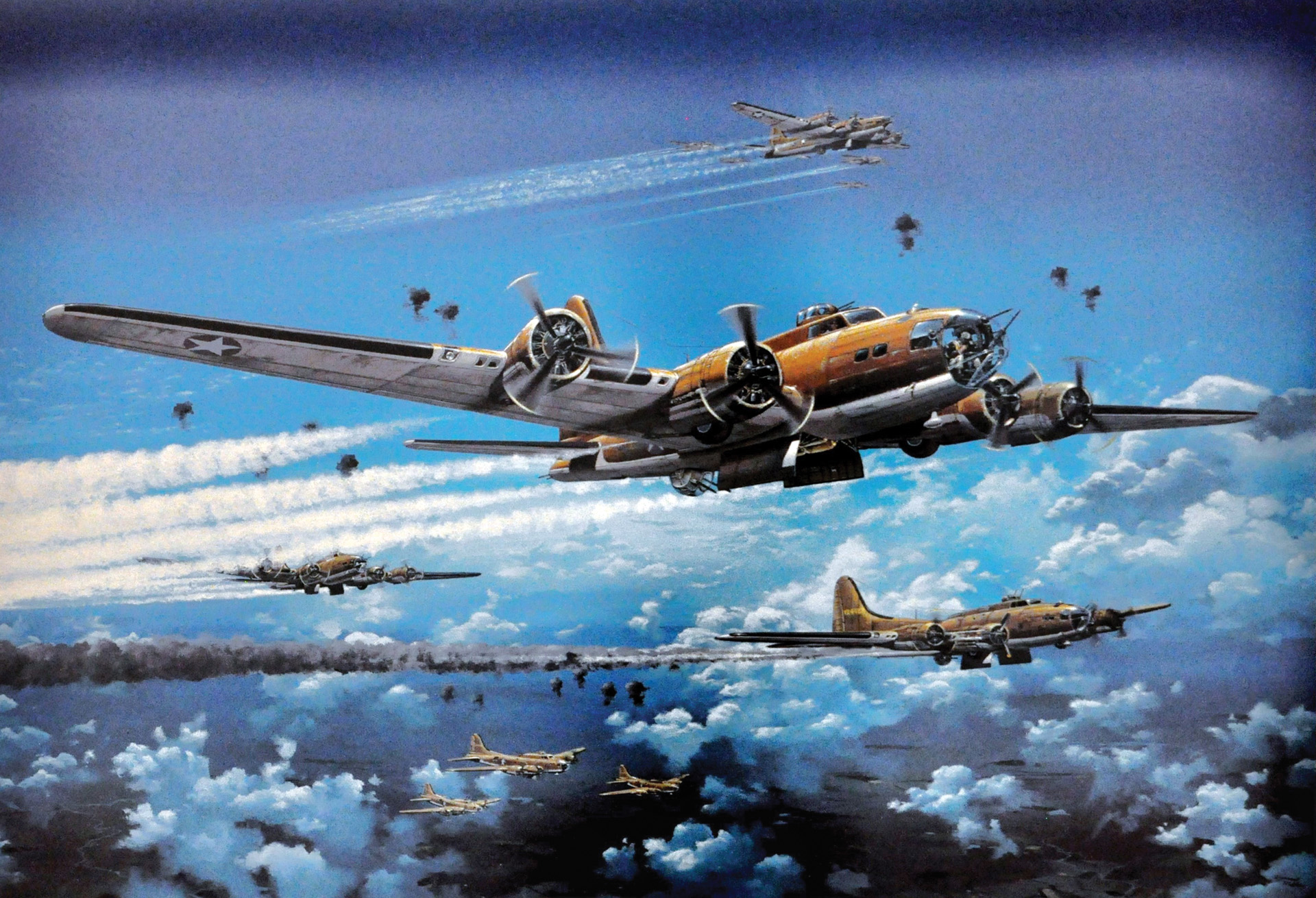
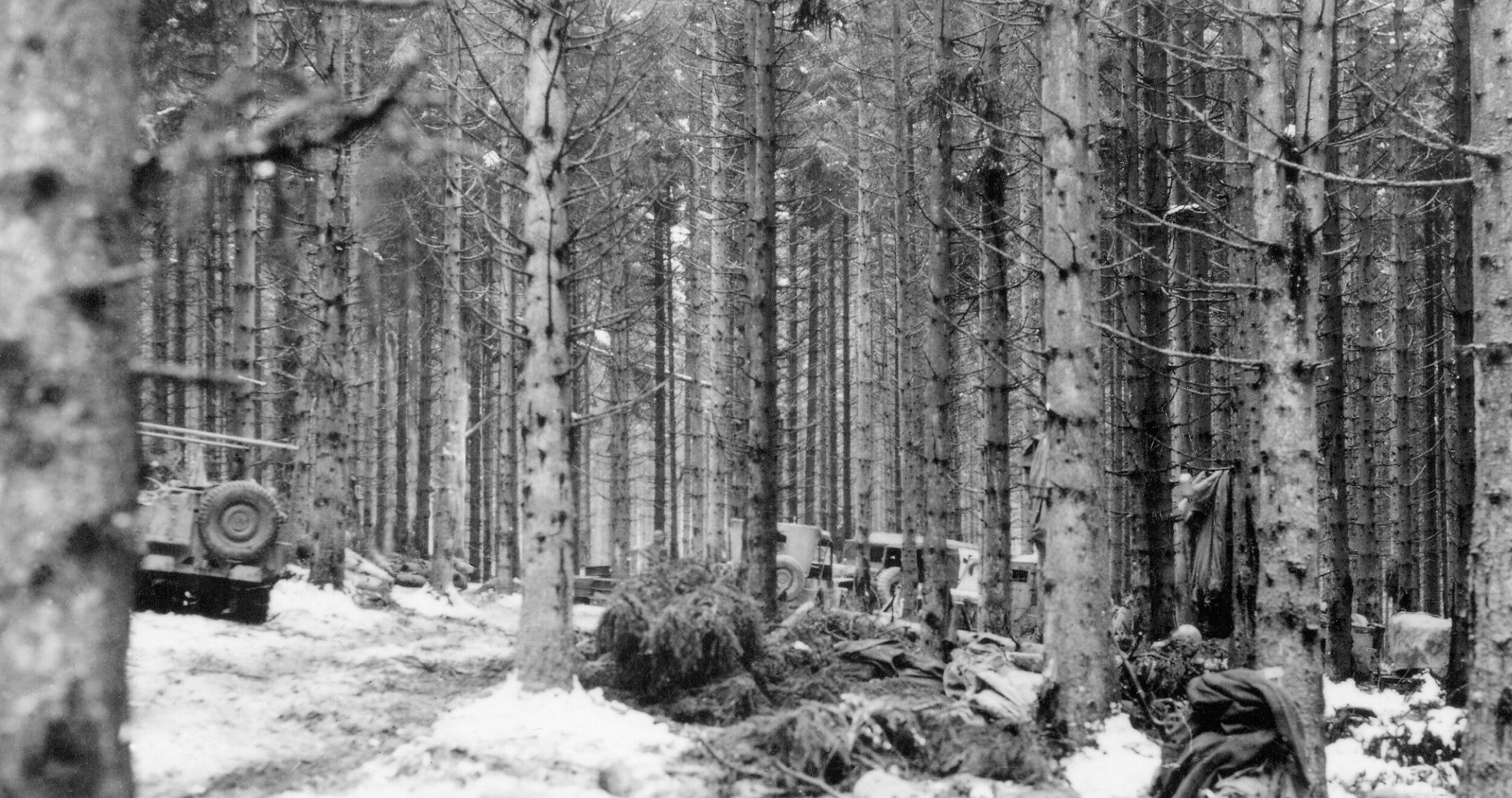
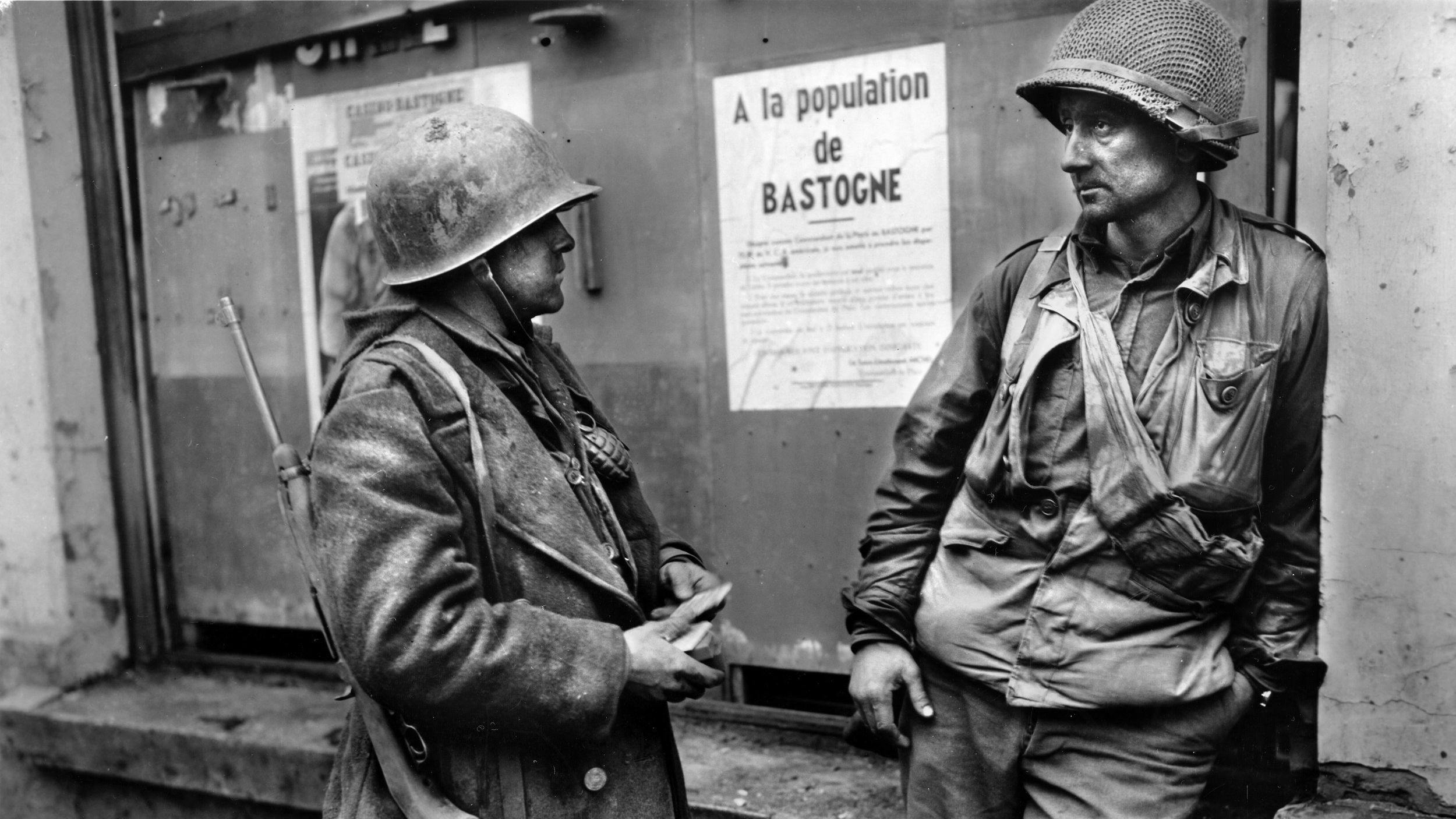
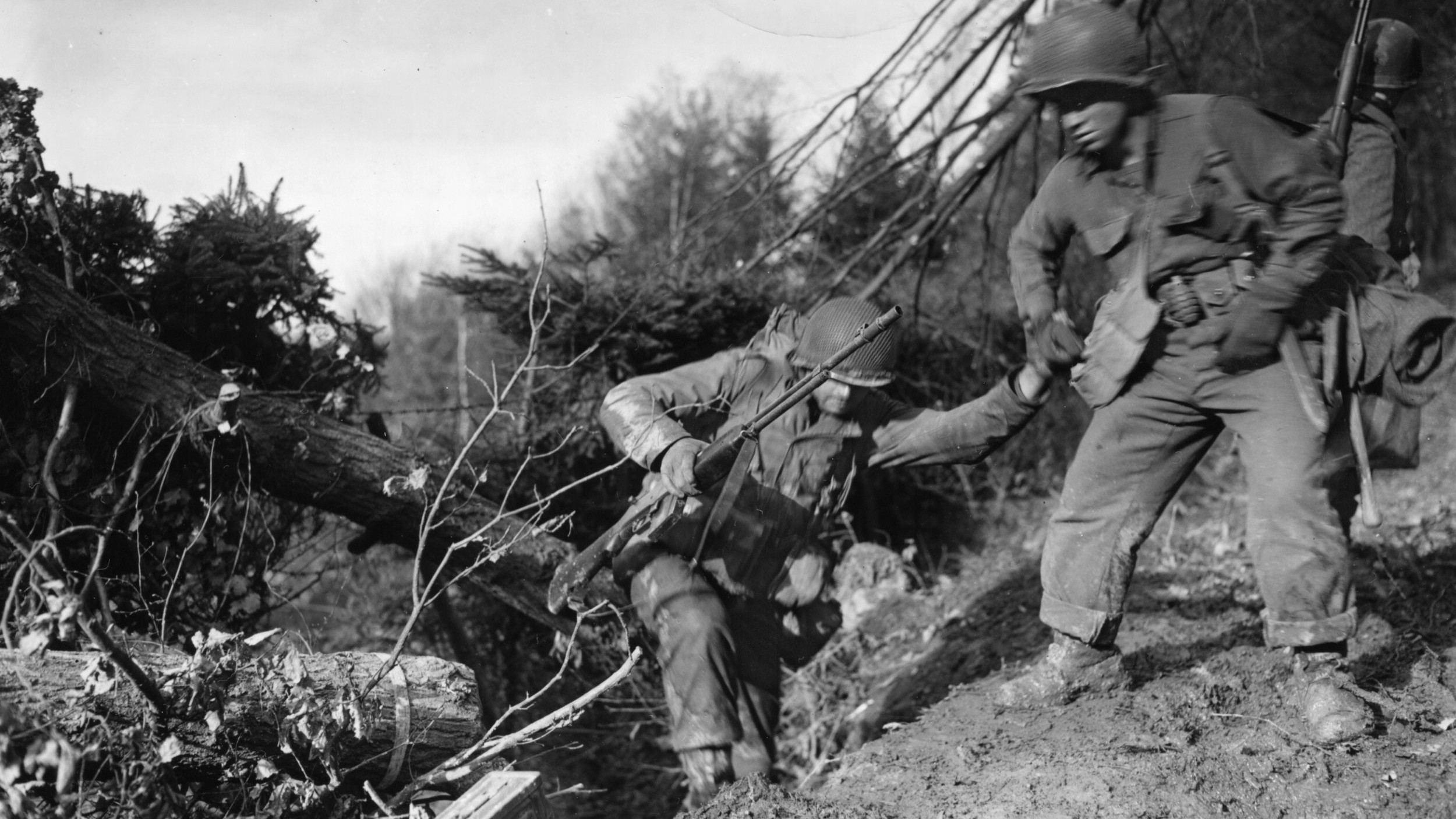


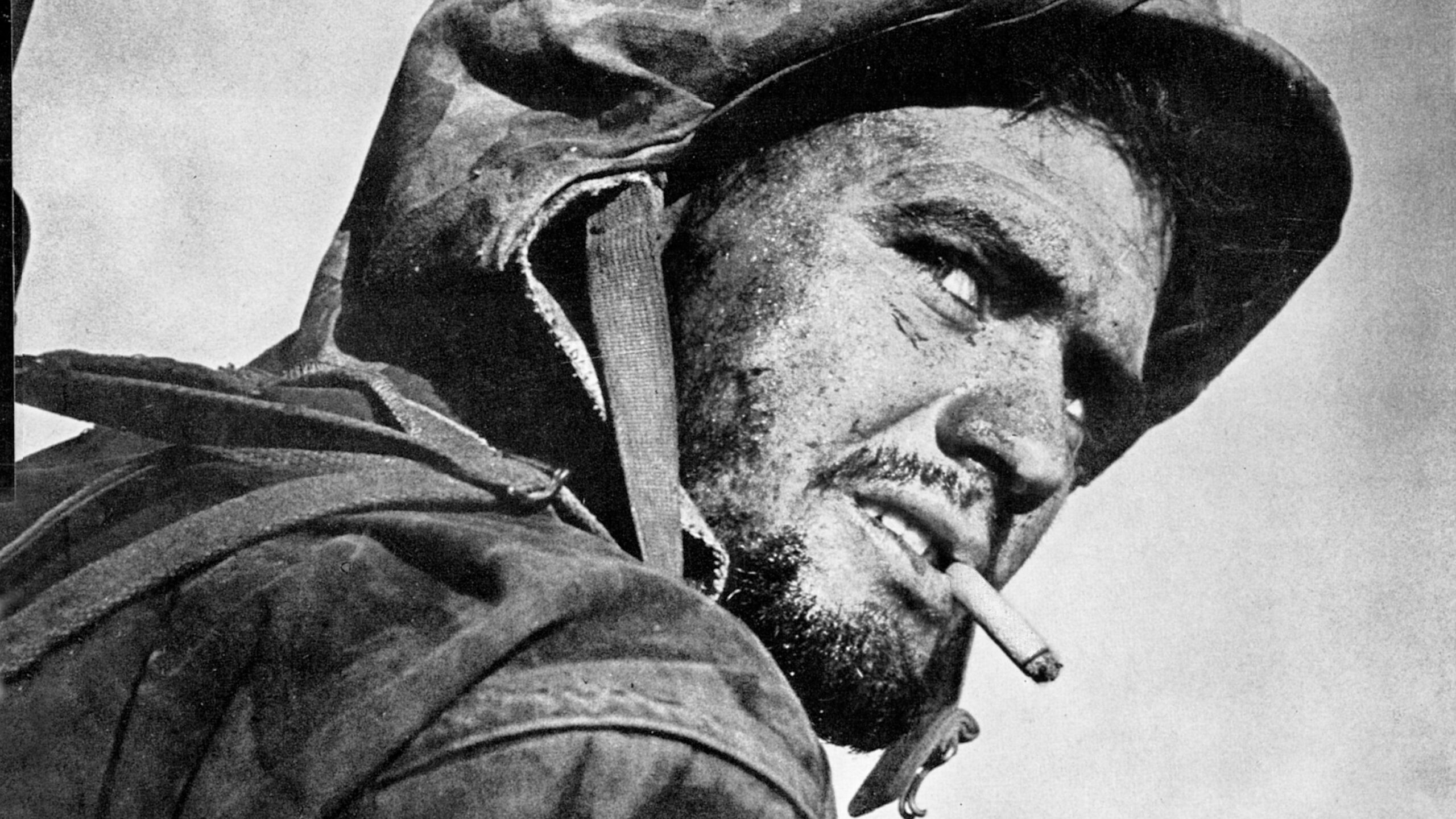
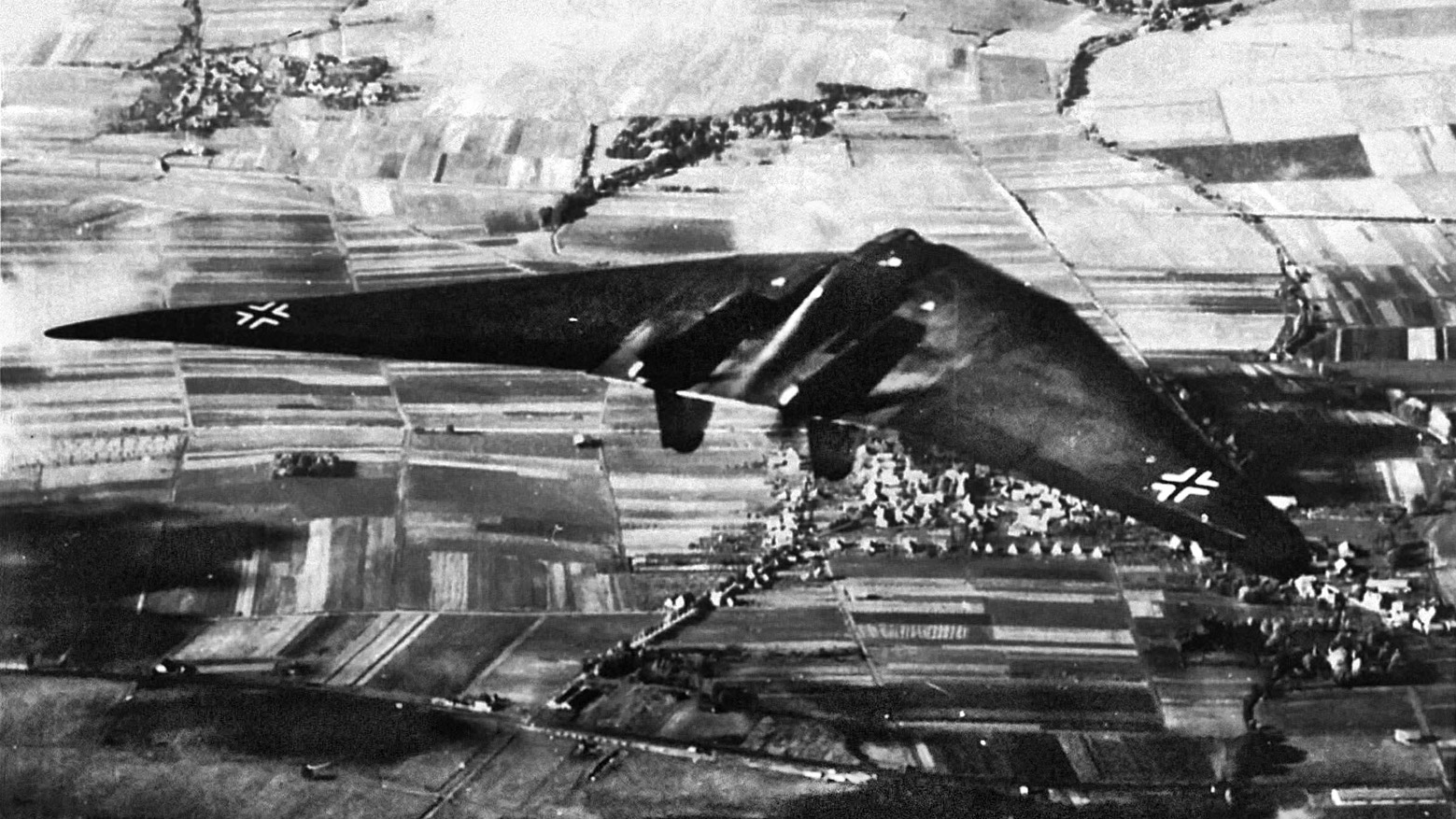
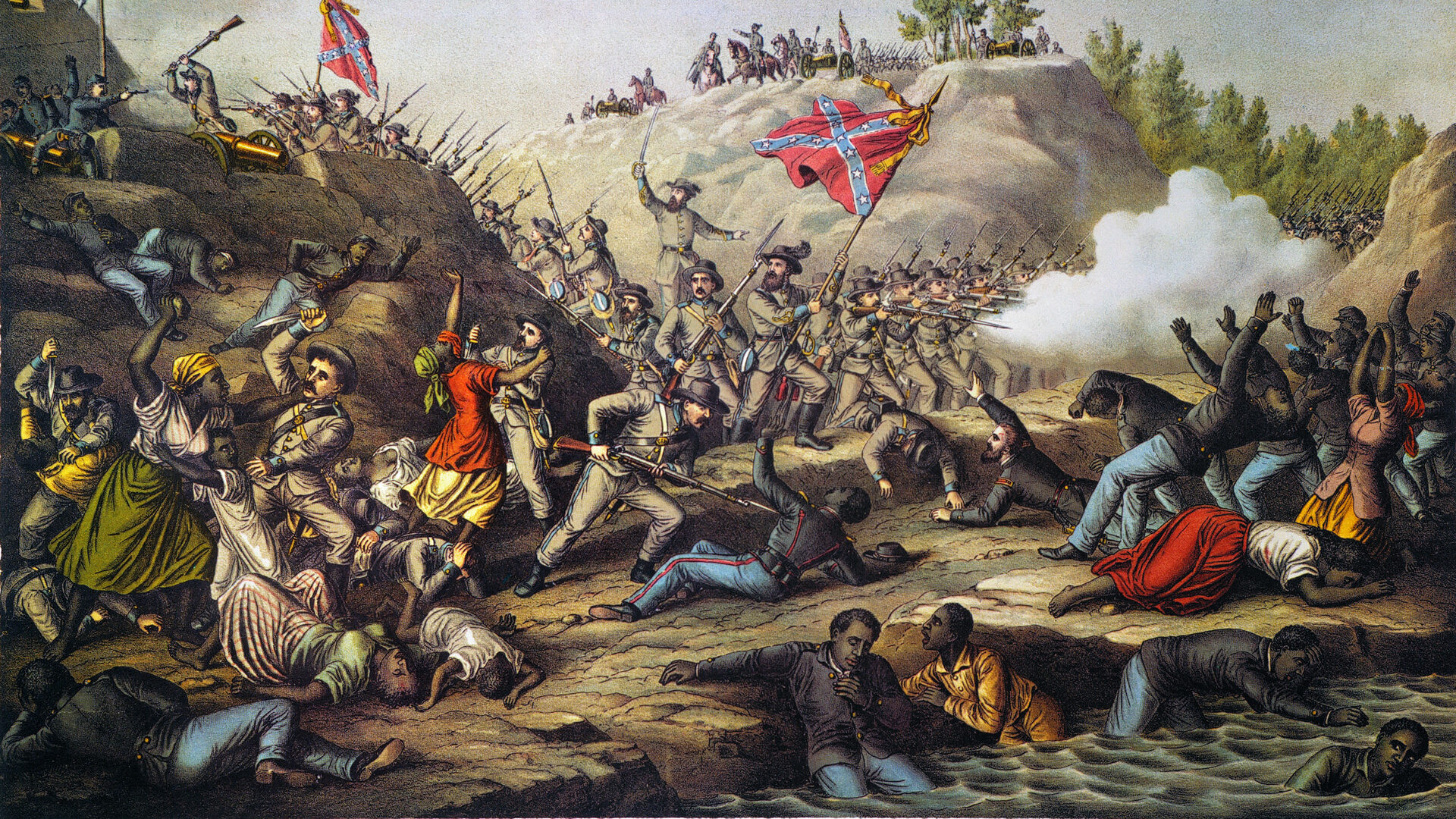
Join The Conversation
Comments
View All Comments